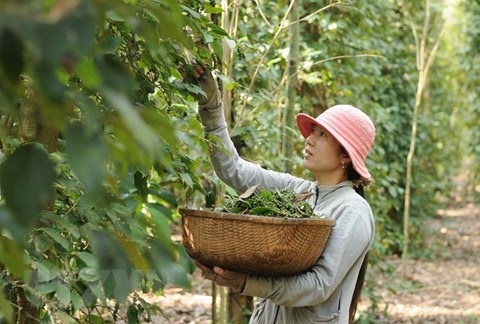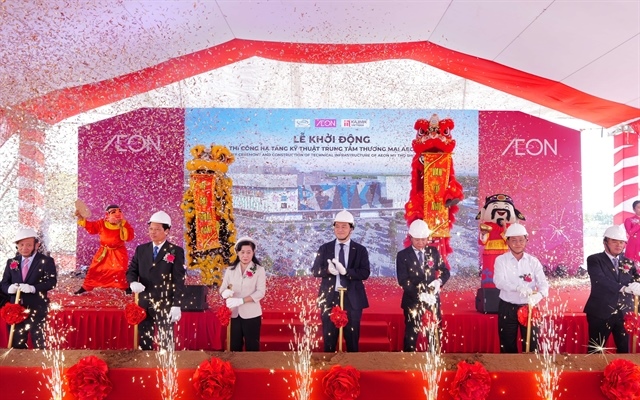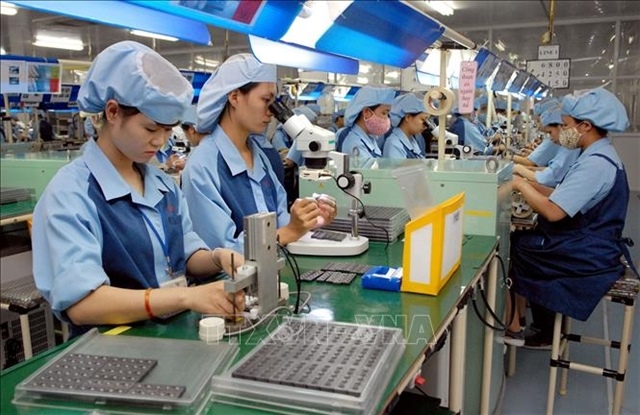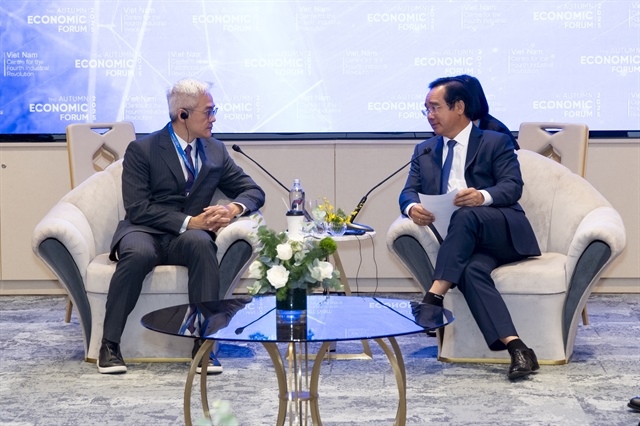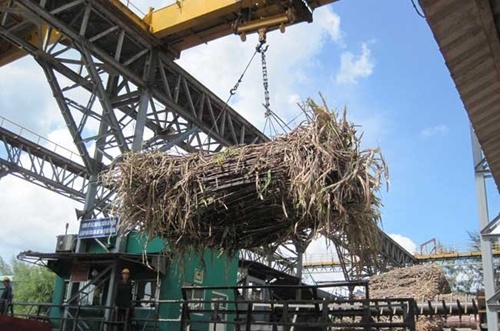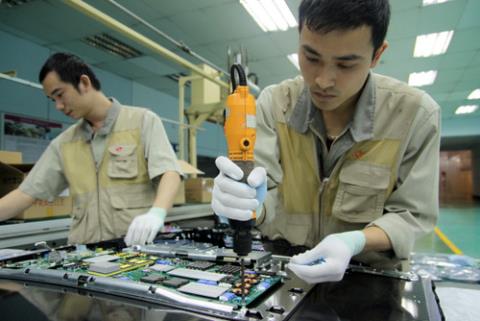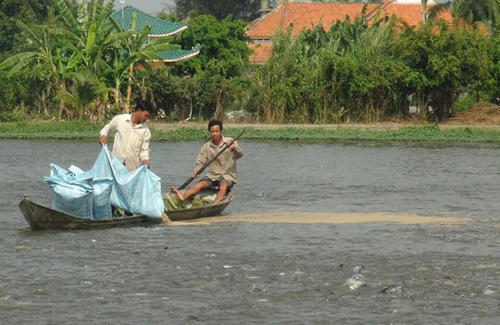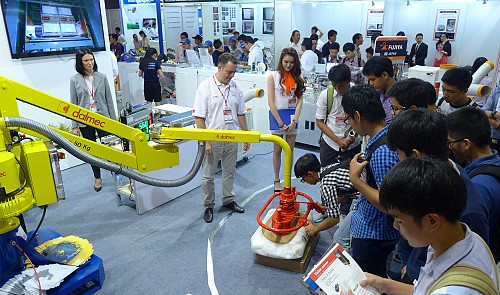VN garment and textile firms: ready & waiting
VN garment and textile firms: ready & waiting
Aware of the benefits from upcoming free trade agreements, local garment and textile firms have been expanding their investment and changing their strategies.
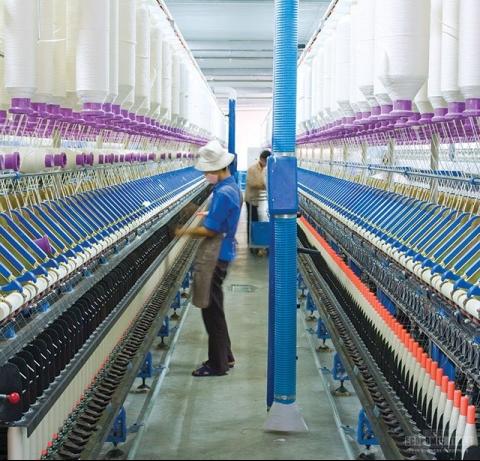
Mr. Nguyen Van Thoi, Chairman of the TNG Group, one of ten largest Vietnamese garment and textile companies, is seeking a site to build a new factory in northern Thai Nguyen city, bringing the Group’s factory numbers to 12. In June it launched a cotton production line in the city that will be able to supply more cotton to surrounding textile factories.
Moreover, Mr. Thoi said, the company is preparing to issue corporate bonds this quarter, to raise about $10 million for future investment plans. “I see growing opportunities in the garment and textile industries,” he said. “This is why I want to expand our investment.”
The opportunities he mentions come from the free trade agreements (FTAs) the Vietnamese Government has signed or is about to sign, in particular the EU-Vietnam FTA and the TPP.
Garments and textiles, it’s agreed, will benefit the most from these agreements. In the first half of this year alone, Vietnam signed FTAs with South Korea and the Eurasian Economic Union, which includes Russia, Belarus, Kazakhstan, Armenia, and Kyrgyzstan.
Many foreign garment and textile companies have also been flocking to Vietnam to seize the advantages presented by the FTAs and the TPP.
Vietnam even surpassed China to become the most important production base of global footwear giants Nike and Adidas.
The investment expansion by foreign companies in the industry helps Vietnam create jobs but it also increases the competitive pressure on local firms. For local companies like TNG, if they want to survive the only way is to change.
Mr. Le Quang Hung, Chairman of Garmex Saigon, believes that local garment and textile firms may miss out on opportunities or lag behind their foreign competitors.
“With the new challenges, if we don’t prepare to cope we will face a number of risks, even bankruptcy,” Mr. Hung said.
Fortunately, he believes than many local companies have recognized the task ahead and are changing the way they do business.
Like TNG, Garmex Saigon opened a representative office in the US in 2013 to prepare for global integration.
Mr. Hung revealed that his company is considering acquiring the distribution chain of a US company that will allow it to sell its products directly in the country.
Mr. Thoi believes his company can sell clothes under the TNG brand name in the US market after 2020. “This is our long term strategy,” he said.
Right now, outsourcing remains TNG’s main business, but it has also opened a subsidiary to make clothes under TNG brand.
The company is cementing its footprint in the domestic market through outlet expansion. “We want to learn from Uniqlo,” he said, in sharing his strategy for TNG.
Learning from Uniqlo, a Japanese retailer of women’s, men’s, and children’s clothing, means that TNG will focus on affordable clothes and serve the majority of customers rather than a small niche of wealthy people.
He also believes that foreign companies will continue dominate Vietnam’s garment and textile industry because they are strong in finance, production capacity, and market development.
“It will take time for local companies to participate deeper into the global supply chain,” he said.
One challenge for Vietnam’s garment and textile industry is raw material supply and the “yarn forward” rule, or rule of origin, in the TPP.
Most raw materials for garment and textile factories are imported from China.
The “yarn forward” rule in the TPP requires that yarn, fabric and final garments exported within TPP members are produced in TPP countries.
This means that final products exported from Vietnam will not enjoy duty free status if their raw materials are imported from non-TPP members.
This is behind TNG investing in two new cotton production lines over the summer. It also plans to further expand its cotton investment in the future to localize raw materials, in accordance with the TPP.
The good news is that Vietnam is seeking a “transformation roadmap” to implement the “yarn forward” rule in its garment and textile industry.
If the proposal is approved by other members it will allow garment and textile companies to export apparel duty free to the US and other
TPP members that were made with yarn and fabric imported from countries not in the TPP, such as China.
Mr. Le Tien Truong, CEO of Vinatex, said the issue of raw materials will be resolved shortly thanks to the investments by local and foreign companies.
Over the last three years the number of textile projects has increased sharply compared to ten years ago.
In 2014 investment capital flowing into textile projects was equal to the combined capital of the previous six years.
This shows that domestic companies are indeed preparing for the FTAs and the TPP, Mr. Truong said.
Vinatex, Vietnam’s largest garment and textile concern, has also been increasing its investment. From 2011 to 2014 the group invested in 217 projects nationwide, primarily focusing on fiber and textile projects.
Last year it began construction of five projects, including the Phu Cuong Fiber Factory, the Nam Dinh Fiber Factory, and the Que Son Fiber and Textile Complex. Most will be operational either this year or next.
A year ago Vinatex also announced it would invest $228.5 million in three projects in the central province of Quang Binh, including a fiber plant and a garment factory in Ba Don town and a garment factory in Quang Ninh district.
In addition to these three projects the group also signed a memorandum of cooperation with Quang Binh province regarding four other projects, such as the research and development of cotton and eucalyptus materials for the group’s spinning mills, investment research for the construction of a fiber plant in Quang Ninh district, investment research for a fiber weaving and dyeing complex at the Bac Quan Hau Industrial Park, and an investment survey relating to garment factories for export in Le Thuy and Quang Trach districts.
With such preparations, Mr. Truong firmly believes the opportunities available from FTAs and the TPP will not only benefit foreign firms but also domestic firms.


